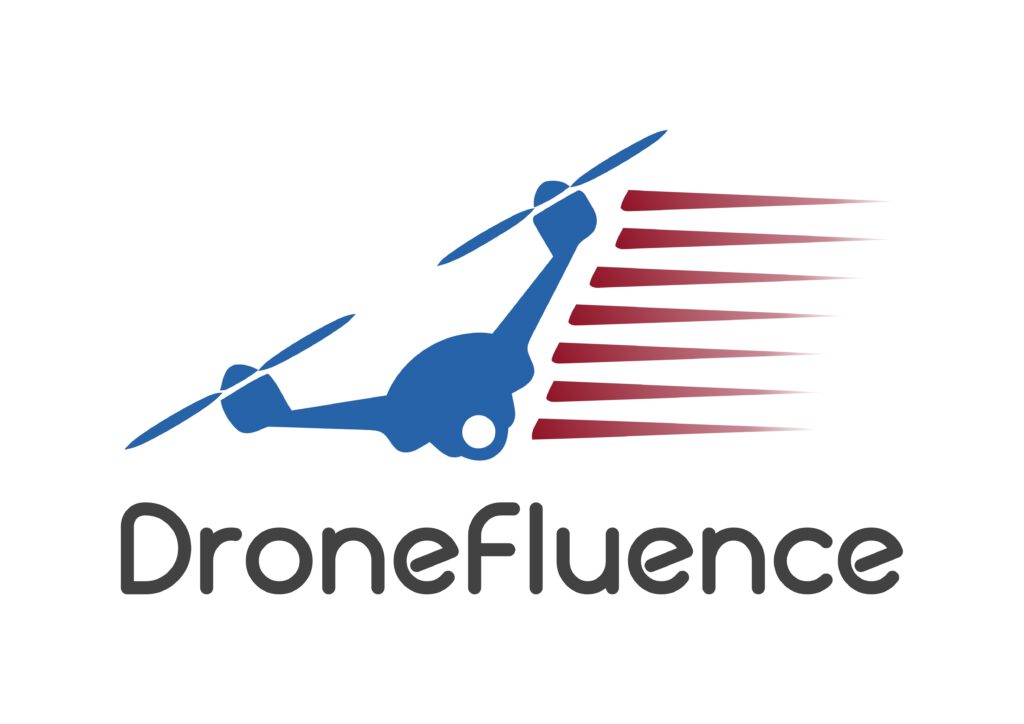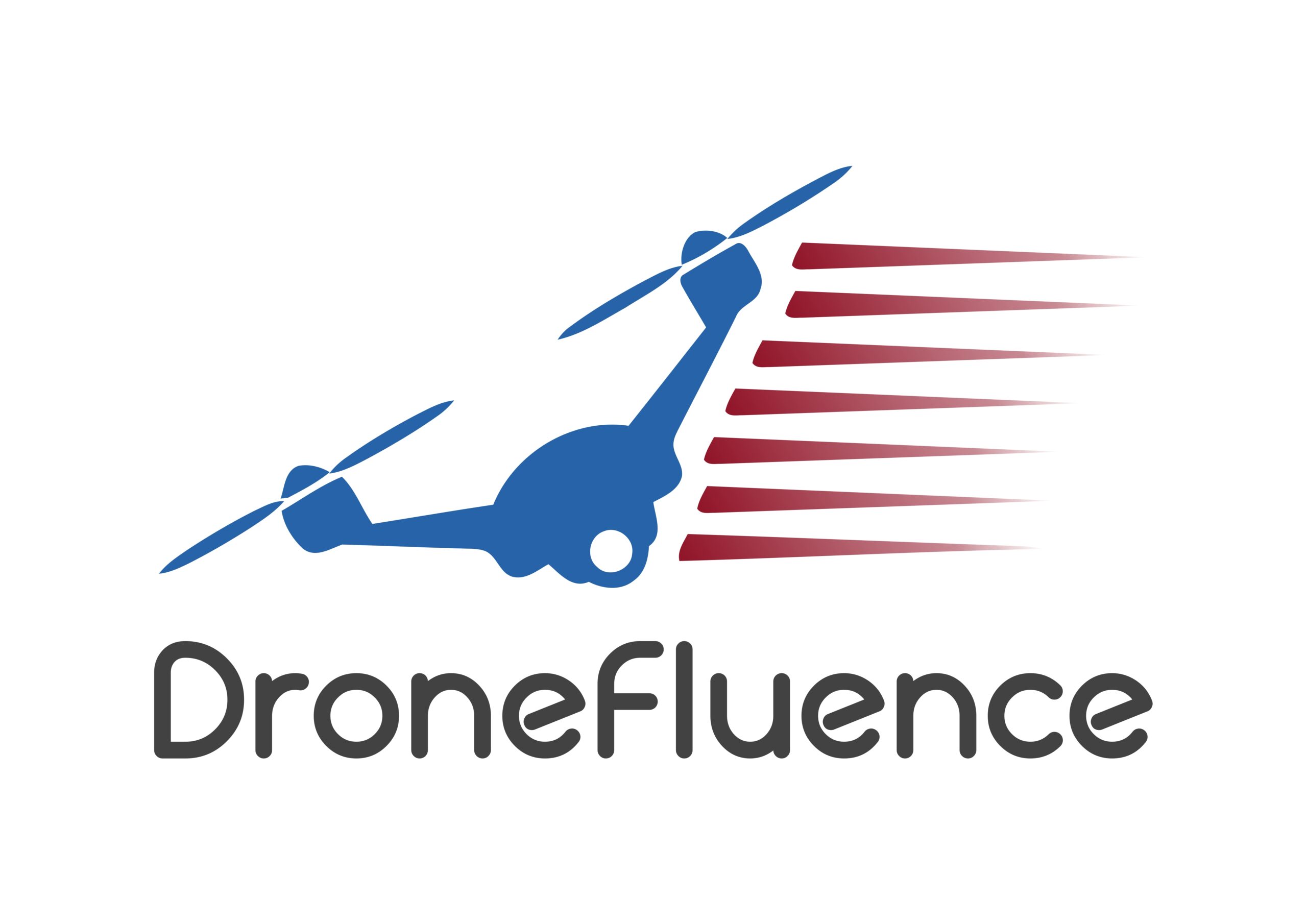Ever since drones and Unmanned Aerial Vehicles (UAV) became commercially available to the public, they have become increasingly popular. It has become as easy as purchasing remote cars or toy helicopter through e-commerce sites. However, unlike these nano drones which we unbox, charge the batteries and test it on field, there are few critical things to know before you fly a drone.
Drone operation, registration and licensing are regulated by Directorate General of Civil Aviation (DGCA) in India. Drones used for commercial, industrial and entertainment purposes are subject to strict guidelines and regulations. Before flying a drone, you must be aware of the legal requirements for operating, restrictions on use, safe zones to fly a drone, etc.
The Digital Sky website, operated by DGCA is a single-window online platform for all the queries, approvals and registrations pertaining to drones in India. It is your go-to resource to expand your knowledge on the latest drone rules and regulations
In this article, we present you the three important things to know before you fly a drone with inputs from Mr. Amit Takte, VP of Technology and Training, DroneAcharya Aerial Innovations.
Drones for recreational and professional use
Did you know there are a few rules and regulations you need to follow while using a drone? You must have certainly seen YouTubers use drones to take pictures and videos and this might have made you keen on capturing amazing aerial images and videos using drones. However, you must know that there are different kinds of drones available in the market and have a specific set of rules for their usage. The drones typically used by photographers or videographers are “nano drones” and weigh less than 250 gm.
Classification of drones
- Nano drones: Weighing less than or equal to 250 grams
- Micro drones: Weighing more than 250 grams, but less than or equal to 2 kilograms;
- Small drones: Weighing more than 2 kilograms, but less than or equal to 25 kilograms;
- Medium drones: Weighing more than 25 kilograms, but less than or equal to 150 kilograms; and
- Large drones: Weighing more than 150 kilograms
Few important things you need to know
- A person using a drone should know how to fly and handle the equipment.
- Nano drones do not require registration, as per the DGCA The specified height recommended by the government for these drones is below 15 meters.
- For drones intended for commercial purposes, the pilot must register the drone and obtain a pilot’s license as per the law.
- The drones used for surveillance and agriculture classify as industrial drones. While the core flying skills are the same for industrial and online purchased drones, they are considerably more complicated and have a variety of functions. The capabilities and range of the drone equipment differ considerably.
Using drones illegally results in penalties
Did you know that there could be legal consequences for flying drones in unauthorised areas? Typically, when flying a drone, you need to be careful about the places you fly it. Drones are safe to fly as long as they are in the green zone. For example, if a YouTuber is flying a drone without following the rules and regulations given by the government and is earning profit from their channel, they may face legal issues. In case of any violation, one is also subjected to necessary Police action.
Few important things you need to know
- Drone pilots should be aware of various zones (green, yellow, and red) approved by the DGCA and this information is available on the website through the interactive airspace map
- Information on approved zones and other details regarding training and certification is also available on the Digital Sky website.
Digital Sky Website – Your go-to place
It is a must to visit the Digital Sky website to learn everything there is to know about drone rules and regulations, such as purchasing and operating drones before you begin to fly drones. DigitalSky website was created to help with drone, pilot, and online operator registration. Drones are subject to India’s “No Permission-No Takeoff” (NPNT) provision, which states that drone operations are prohibited in Indian skies without first acquiring regulatory approval through the Digital Sky Platform.
Before flying drones in any location, one must remember to:
- Check on the Digital Sky website before engaging in any drone activity.
- It is essential to read and follow the do’s and don’ts mentioned on the website.
India’s goal of becoming global drone hub by the year 2030 is subjected to and supported by various new rules and regulations. However, these rules have greatly improved the drone market along with single window clearances for operating drones in India. Therefore, it is important to keep oneself familiar and updated with these from time to time before flying a drone.

